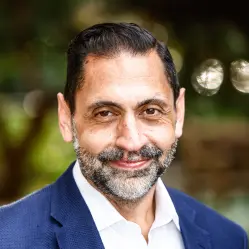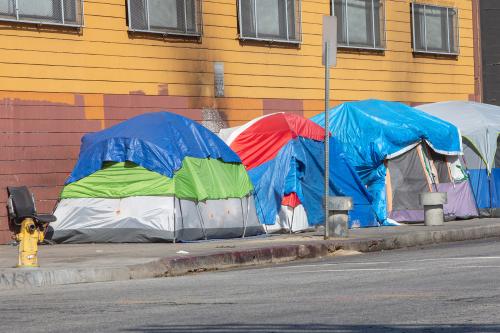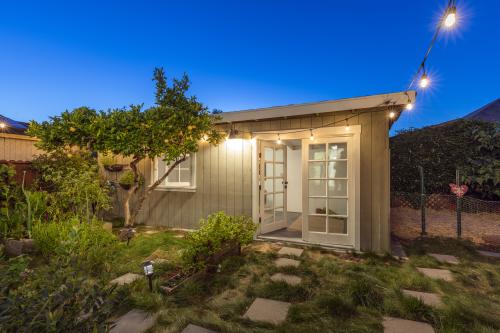On December 15, 2021, Brookings Metro David M. Rubenstein Fellow Carlos Martín testified to the U.S. Senate Committee on Banking, Housing, and Urban Affairs, during a hearing titled Disaster Recovery Assistance – Authorization of the Community Development Block Grant – Disaster Recovery Program.
Martín’s research, as detailed in his written testimony, ranges across many aspects of the Community Development Block Grants for Disaster Recovery (CDBG-DR) program, including: the processes associated with Congress’ special appropriations and HUD’s resulting allocations and guidance to state and local jurisdictions; jurisdictions’ implementation and timeframe for completing recovery; and outcomes for households and communities in the throes of recovery after a significant hazard event
Martín’s testimony focused on the findings of a 2017 study he led in cooperation with HUD’s Office of Policy Development and Research on the quantitative timing of recovery processes, and the qualitative sources of both delay and acceleration in them.
Martín’s testimony relayed, in particular, five fundamental patterns that he has consistently observed across the program and its grantees regardless of jurisdictional size, location, disaster damages, and political composition of state and local leaders:
- The studies confirm that CDBG-DR is filling many needs that remain after a hazard event and after other assistance is exhausted, needs that persist particularly for residents that cannot recover on their own.
- CDBG-DR’s lack of permanent statutory authority has yielded operational challenges for HUD and its grantees.
- The first months of recovery are marked by an insecurity and unpredictability of resources, including those that might come from CDBG-DR.
- Many survivor households continue to slip through the cracks because they lack the financial and housing resources to wait or to absorb delays and changes from federal disaster response to recovery.
- There are still gaps in robust, consistent, and transparent data to confirm that the most vulnerable households are served.
CDBG-DR serves as a bridge between immediate crisis and long-term community development. Yet, that bridge has been temporary and ephemeral without the stability of statutory program authority or the security of resources to let households and communities decide their path to becoming whole.
Future disasters are certain, Martín emphasizes in his testimony. We must respond with equal certainty and purposeful clarity.
To read Martín’s full testimony, click here. To watch the testimony video, click here.




Commentary
TestimonyConstraint and opportunity in the US Department of Housing and Urban Development’s Community Development Block Grant – Disaster Recovery Program
December 15, 2021